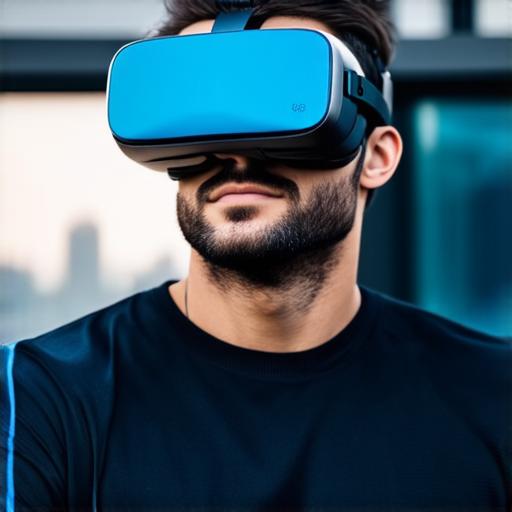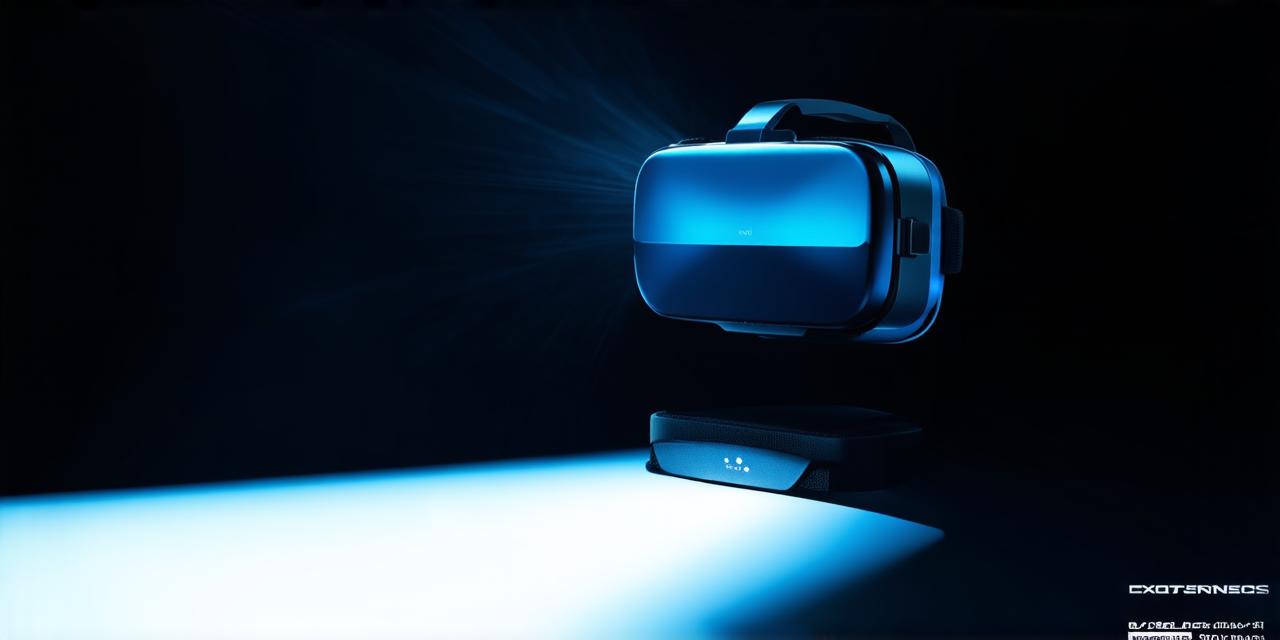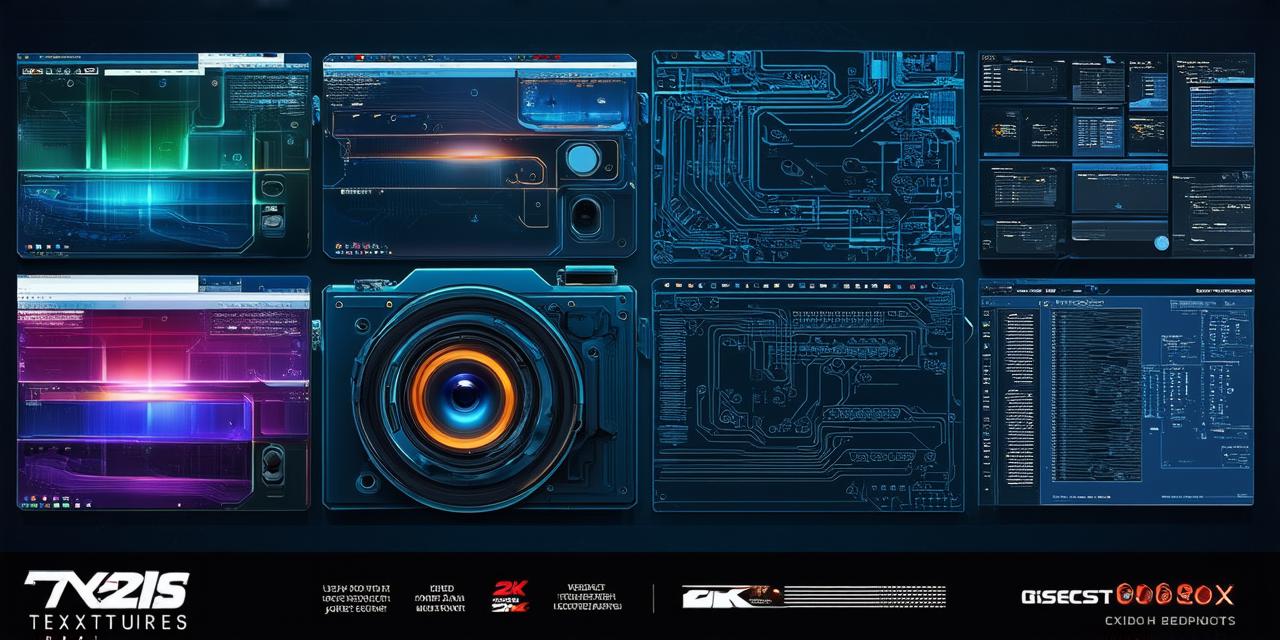Frame rate is one of the most important specifications to consider when choosing a virtual reality (VR) headset. It refers to the number of images that are displayed per second in a VR experience. A higher frame rate generally results in smoother, more immersive visuals, while a lower frame rate can lead to motion sickness and discomfort. In this article, we’ll explore what frame rate means for a VR headset and why it’s an important consideration when selecting a device.
What is Frame Rate?
Frame rate is the number of frames that are displayed per second in a video or computer graphics application. In the context of VR, frame rate refers to the number of images that are projected onto the screens of the headset per second. For example, if a VR experience has a frame rate of 90 frames per second (fps), it means that 90 images are displayed every second.
Frame rate is measured in Hertz (Hz), which is the number of cycles per second that an electronic device can perform. A higher frame rate means that there are more cycles per second, resulting in smoother visuals.
Why is Frame Rate Important for VR?
Frame rate is important for VR because it directly affects the level of immersion and comfort experienced by the user. When the frame rate is high, the images appear to move smoothly and fluidly, creating a more realistic sense of presence in the virtual environment. On the other hand, when the frame rate is low, the movements of objects in the virtual world can appear choppy or stuttering, which can lead to motion sickness and discomfort.

Motion sickness is caused by a mismatch between what the user sees with their eyes and what they feel with their body. When the frame rate is too low, the brain receives conflicting signals about the movement of objects in the virtual world, leading to feelings of dizziness, nausea, and disorientation.
In addition to immersion and comfort, frame rate can also affect the performance of a VR application. Higher frame rates generally require more powerful hardware to achieve, so a device with a high frame rate may not be compatible with all computers or gaming consoles.
Factors that Affect Frame Rate
There are several factors that can affect the frame rate of a VR headset:
- Hardware: The performance of the computer or console used to run the VR experience can affect the frame rate. More powerful hardware is generally required to achieve higher frame rates.
- Display resolution: The resolution of the displays used in the VR headset can also affect the frame rate. Higher resolution displays require more processing power to render images, which can lower the frame rate.
- Tracking technology: The accuracy and speed of the tracking technology used by the VR headset can also affect the frame rate. If the tracking is not accurate or fast enough, it can cause lag or stuttering in the visuals.
- Software optimization: The software used to develop the VR experience can also affect the frame rate. Optimizing the software for higher frame rates can improve the overall performance of the VR experience.
Conclusion
Frame rate is an important consideration when selecting a virtual reality headset. A higher frame rate generally results in smoother, more immersive visuals, while a lower frame rate can lead to motion sickness and discomfort. When choosing a VR headset, it’s important to consider the hardware requirements, display resolution, tracking technology, and software optimization to ensure that you get the best possible experience.



